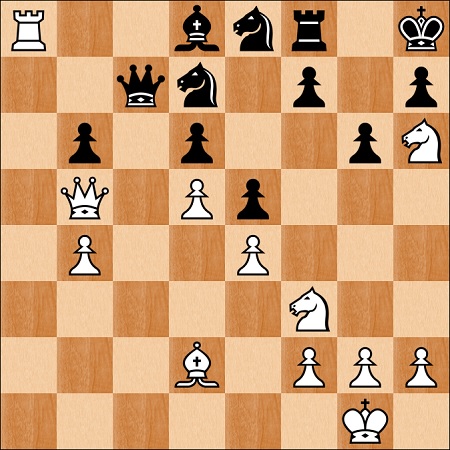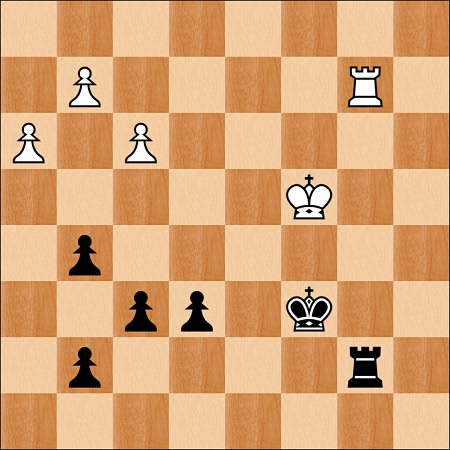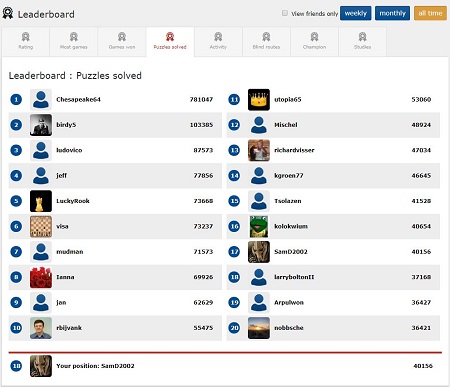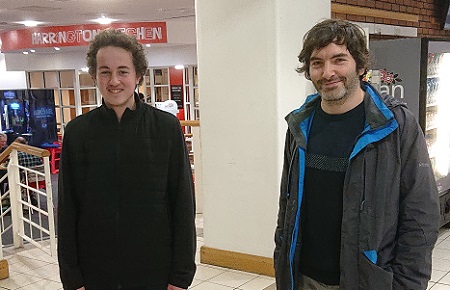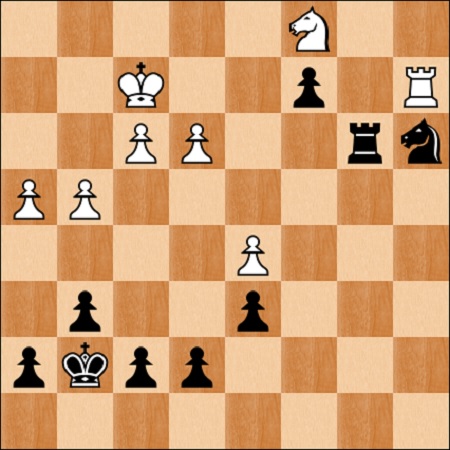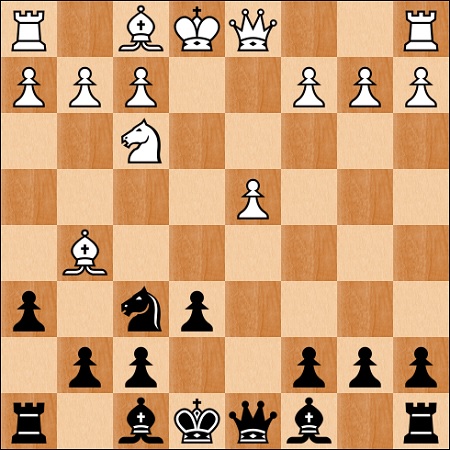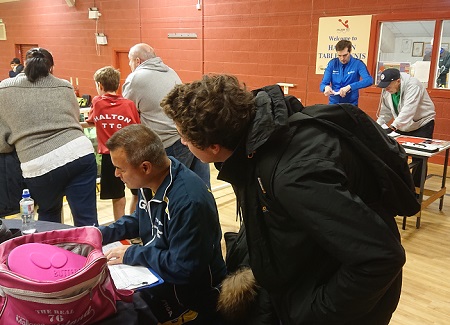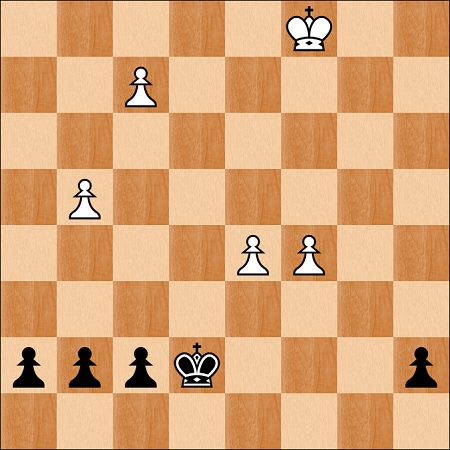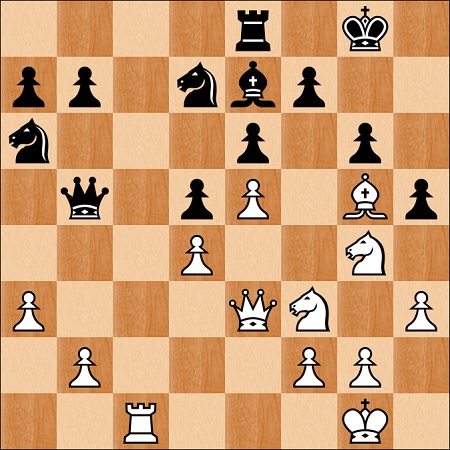Positional play is a major focus here at Tiger Chess. When I started teaching chess to club players in the 1990s, this was one of the areas which I felt was least developed, so I set about creating a course which focused heavily on this aspect of chess. Originally I sent this out as a correspondence course over a two year period, and a cut down version of this was later published as The Power Chess Program in a two book form. Its latest incarnation is the Tiger Chess Strategy Course which is available to members with 160 weekly lessons.
This work was later supplemented by opening repertoires which helped players use some of the strategic themes presented, including the Building an Opening Repertoire course for both Black and White, and more recently a specialist course on the French Defence. This summer I will be bringing out another course, this time for White, which will present an economical 1.d4, 2.Nf3 and 3.c4 repertoire in which the focus will be on strategy rather than computer generated variations which are very difficult for players to remember.
The February clinic was devoted to positional play in which five games were presented, four by members together with one of my own. Positional play is often misunderstood at club level and is perhaps best thought of as operations with the pawns. The following position provided a good illustration:
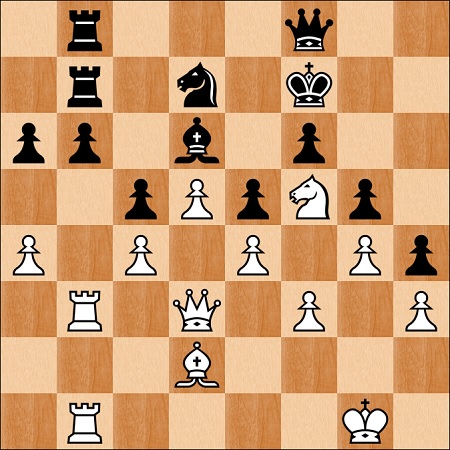
White to play used a thematic pawn lever with 36.a5!, undermining the pawn on b6. Black's position collapsed quite quickly after this, the game finishing with the moves 36...Ke8 37.axb6 Rxb6 38.Rxb6 Rxb6 39.Rxb6 Nxb6 40.Ba5 1-0. Black's resignation may seem premature but he is defenceless against an invasion of White's queen along the b-file.
This shows the power of good positional play, White simply levered open a file and his opponent's position was hopeless; no fireworks or calculation was required.
Nigel Davies

